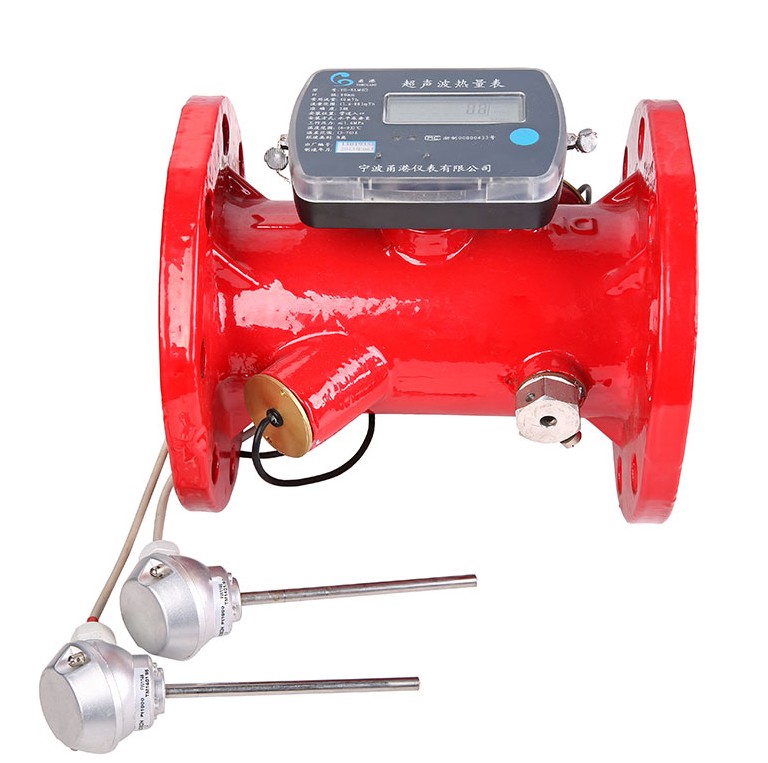ADD: No. 18, Weisan Road, Rongyu Village, Xinpu Town,Cixi City,China.
MOBILE: +86 135 6606 0510 (WhatsApp & Wechat )
TEL: +86 (0)574 6358 5625
FAX: +86 (0)574 6357 7818
MAIL: [email protected]
[email protected]
Ultrasonic heat meters offer several advantages over tr […]
Ultrasonic heat meters offer several advantages over traditional heat meters, including non-intrusive measurement, high accuracy, and long-term stability. However, their full potential extends beyond these benefits. Here are some aspects that highlight the untapped potential of ultrasonic heat meters:
Enhanced Energy Management: Ultrasonic heat meters can provide detailed information on energy consumption patterns, allowing users to identify inefficiencies and optimize energy usage. By monitoring energy consumption in real-time, users can make informed decisions about heating or cooling systems, implement energy-saving measures, and reduce overall energy waste.
Leak Detection and Fault Identification: Ultrasonic heat meters can detect leaks in heating or cooling systems by analyzing flow rates and temperature differentials. By promptly identifying leaks or faults, users can prevent energy loss and minimize repair costs. Additionally, these meters can provide alerts or notifications when abnormal consumption patterns or deviations from expected values occur, enabling early detection of potential issues.
Submetering and Billing: Ultrasonic heat meters can be utilized for submetering applications in multi-unit buildings, such as apartments or commercial complexes. This enables accurate measurement and allocation of energy consumption among individual units, allowing for fair billing based on actual usage. It promotes transparency and encourages energy conservation by creating awareness of individual consumption patterns.
Integration with Smart Building Systems: Ultrasonic heat meters can be integrated into smart building systems, forming part of an interconnected network for efficient building management. By combining heat meter data with other sensor inputs, such as occupancy, weather, or lighting data, building operators can optimize energy usage, automate processes, and create comfortable and sustainable environments.
Data Analytics and Insights: With the increasing availability of data analytics tools, ultrasonic heat meters can provide valuable insights when combined with advanced analytics algorithms. By analyzing historical energy consumption data, patterns, and trends, users can identify optimization opportunities, forecast future energy needs, and develop predictive maintenance strategies.
Renewable Energy Integration: As the demand for renewable energy sources grows, ultrasonic heat meters can play a vital role in integrating these sources into heating and cooling systems. By accurately measuring energy flows, they can facilitate the efficient integration of renewable energy technologies, such as solar thermal or geothermal systems, into existing infrastructure.
Regulatory Compliance and Reporting: Ultrasonic heat meters can aid in regulatory compliance by providing accurate and verifiable energy consumption data. They can support energy audits, sustainability reporting, and adherence to energy efficiency standards and certifications. Reliable data from ultrasonic heat meters can also help organizations demonstrate their commitment to environmental responsibility.
Overall, ultrasonic heat meters offer a range of advantages beyond their core functionality. By leveraging their full potential, users can enhance energy management, detect faults, optimize billing, integrate with smart systems, utilize data analytics, promote renewable energy, and ensure regulatory compliance. These capabilities contribute to more sustainable and efficient heating and cooling systems, reducing energy waste and supporting a greener future.
